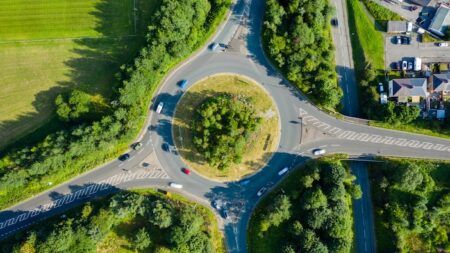Here has revealed details about next generation vehicle-sourced data services, which will help to make driving safer and more enjoyable for millions of drivers around the world.
Here’s aim is to ensure that drivers have more accurate and timely information with which they can make better driving decisions.
The navigation services company has outlined how its Open Location Platform will harness real-time data generated by onboard sensors of connected vehicles to create a live depiction of the road environment.
Drivers will be able to access this view of the road through four services that provide information on traffic conditions, potential road hazards, traffic signage and on-street parking at high quality.
Here plans to make the services commercially available to any customers both within and outside the automotive industry from the first half of 2017. They will start by sourcing sensor data from Audi, BMW and Mercedes-Benz cars, with plans to later expand to include data from other brands. In contributing their data, the participating brands are helping create superior services for drivers aimed at significantly reducing traffic congestion, enhancing the driving experience and cutting traffic accidents, which each year globally claim more than one million lives and leave millions more injured.
Traffic information services available to drivers have so far relied on GPS probe data regular location information reported from a connected device. These real-time services from Here, however, will crowdsource the much richer data generated by sensors deeply embedded within the car.
Here believes these services will also support the automotive industry’s broader market introduction of advanced driver assisted systems and, later, autonomous driving solutions.
Here’s Open Location Platform will process vehicle-sourced data related to:
Speed, direction and location of a vehicle Hard braking, as denoted by sharp deceleration Road construction, lane/road closures and traffic events such as accidents, as detected by the vehicle’s forward camera Hazard light usage Hazardous weather or road conditions, as determined for example by rain sensors, heavy use of windshield wipers, loss of tire traction or fog light usage Traffic sign information, including permanent and temporary speed limits, as detected by the car’s forward camera
Here CEO Edzard Overbeek said, “Here believes that industry collaboration is essential to address the major challenges faced by road users everywhere. What we are seeing today is the technology and automotive industries coming together to create services that will elevate the driving experience for billions. This is also an important milestone for our Open Location Platform, which is ready to serve as the nerve center for future autonomous vehicles, smart cities and intelligent transportation systems.”




